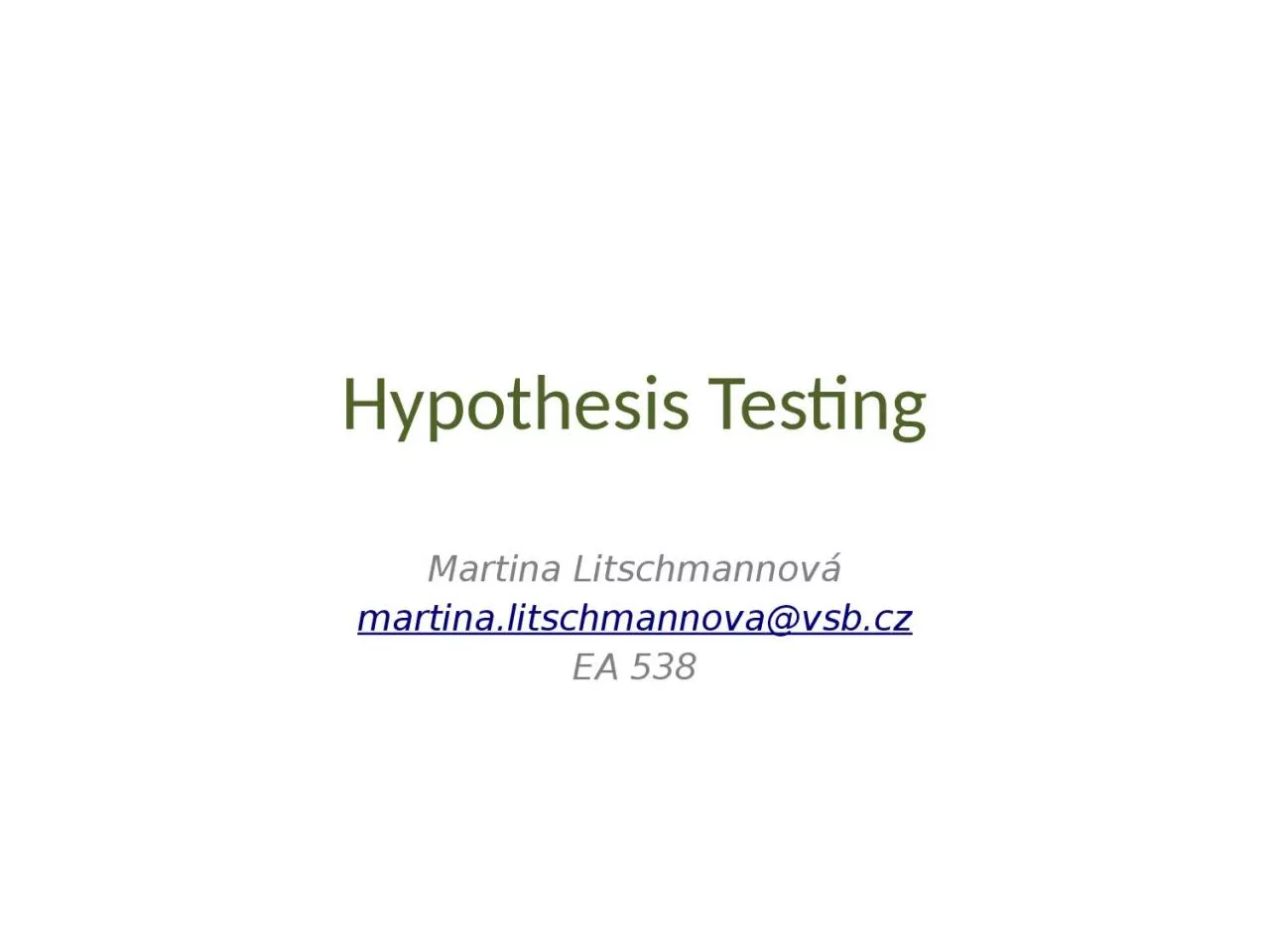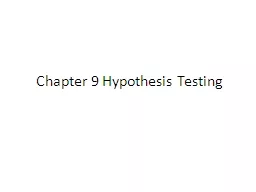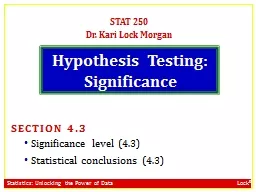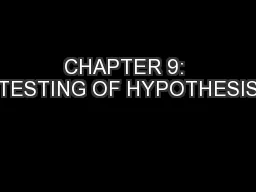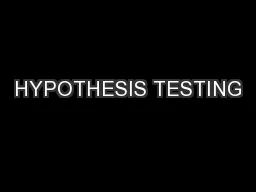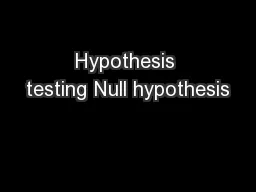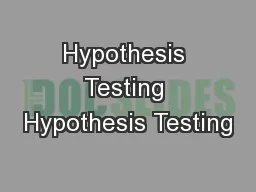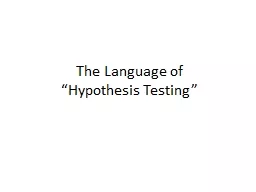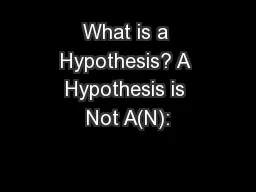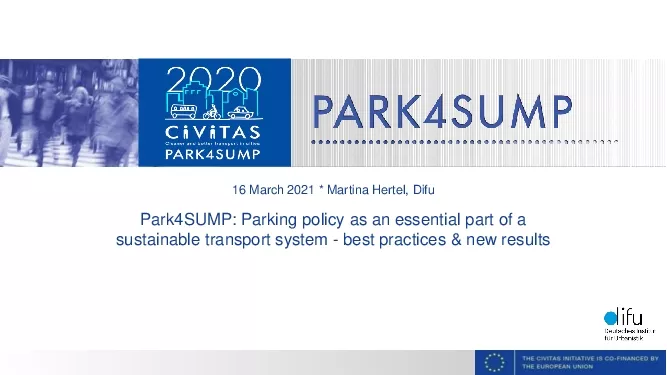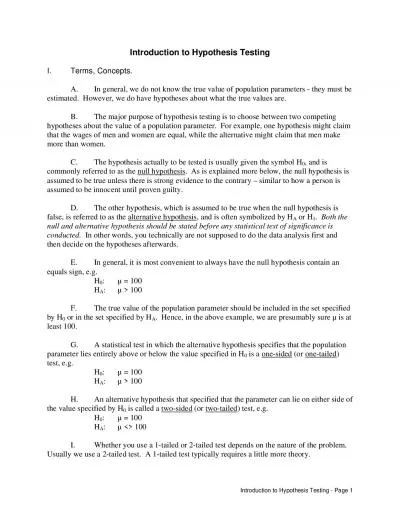PPT-Hypothesis Testing Martina Litschmannová
Author : patricia | Published Date : 2024-03-13
m artinalitschmannova vsbcz EA 538 Terms Introduce in Prior Chapter Population all possible values Sample a portion of the population Statistical inference
Presentation Embed Code
Download Presentation
Download Presentation The PPT/PDF document "Hypothesis Testing Martina Litschmanno..." is the property of its rightful owner. Permission is granted to download and print the materials on this website for personal, non-commercial use only, and to display it on your personal computer provided you do not modify the materials and that you retain all copyright notices contained in the materials. By downloading content from our website, you accept the terms of this agreement.
Hypothesis Testing Martina Litschmannová: Transcript
Download Rules Of Document
"Hypothesis Testing Martina Litschmannová"The content belongs to its owner. You may download and print it for personal use, without modification, and keep all copyright notices. By downloading, you agree to these terms.
Related Documents

